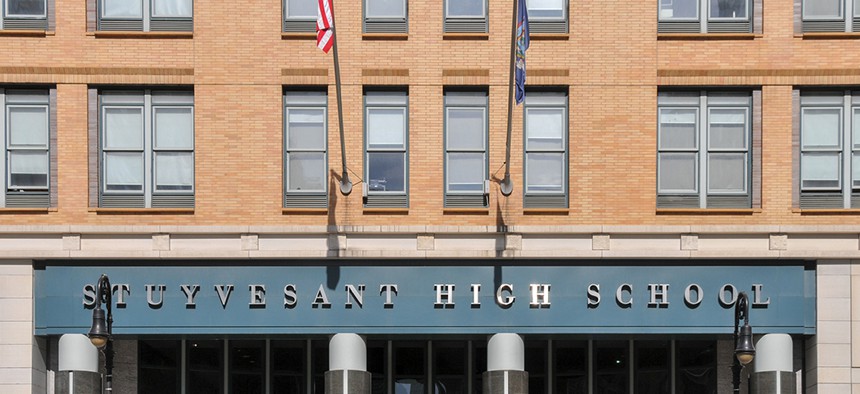Attending the Bronx High School of Science not only afforded me a world-class education, but an incredible opportunity to attend school as part of a diverse student body.
Unfortunately, many students from black and brown communities are denied that opportunity due to a lack of resources that is of no fault of their own, or their families. In the 1990s, African-American and Latino enrollment in New York City’s specialized high schools was much higher than it is today. In the 1994-1995 academic year, Bronx Science was 11.8 percent African-American and Brooklyn Technical High School was 37.3 percent. Since then, the number of African-American and Latino students has significantly declined. For the 2016-2017 school year, Bronx Science was 3.6 percent black and Brooklyn Tech was 7.6 percent. Even with the addition of five specialized high schools to the original three in the past 15 years, the steady decline of African-American and Latino enrollment has not stopped. New York City’s public school system is 67 percent black and Hispanic, but this year only 10 percent of the students offered admission to the specialized high schools are African-American or Latino.
Admittance is determined by scores on the Specialized High School Admissions Test. The test, which is similar to the SAT, replicates the class and race biases of most standardized tests. Some efforts exist to increase diversity in the specialized high schools, like the Discovery and DREAM programs. The Discovery program allows low-income students who score below the passing threshold on the admissions test to attend a summer program that will give them a second chance at attending a specialized high school. The DREAM program is an after-school or summer program run by the New York City Department of Education that offers test prep for sixth- and seventh-graders at 20 locations across the city.
Although these initiatives are commendable, they have not had a substantial effect on the diversity in these schools. Last fall, 28,333 eighth-graders sat for the admissions test, representing a 2 percent increase from the previous year, but the number of black and Latino students taking the test fell by 2 percent. The corresponding results: Just 10 black students were admitted to a Stuyvesant class of 902 students, which was down from the 13 who were admitted the previous year. Latino admissions dipped from 28 to 27 students.
That’s why I am introducing three pieces of legislation in the state Senate to begin addressing these diversity problems.
The first bill would mandate that every specialized high school participates in and offers the Discovery program. The city is trying to revive the Discovery program, which had been optional, and most of the specialized high schools haven’t implemented it or consistently offered it every year. If a student from a less advantaged background misses the cutoff score by what amounts to a margin of error, we should not punish them, but instead allow them an opportunity to succeed.
My second bill focuses on establishing a diversity commission for specialized high schools within the New York City Department of Education. The commission would be comprised of 18 members that would provide recommendations to these high schools on how to increase their diversity. It would analyze the admission policies and measure the program’s effectiveness.
The third bill would create another admission test for sixth-graders, a sort of pre-Specialized High School Admissions Test, that would alert students and parents of the need to be prepared in eighth grade to do well on the actual admission test. This enables students, their parents and the schools to concentrate on areas that need improvement at a time when it is possible to do so. Too often, students and parents find out about the admission test too late to adequately prepare for its rigors.
These programs are crucial to ensuring that every student is offered the same opportunities. The Hecht-Calandra Act from 1971 ensured that admittance to specialized high schools in New York City was determined by a standardized test to minimize discrimination and admit students based entirely on merit. However, many parents now spend large sums of money on tutoring classes and test prep for their children, thus creating a disadvantage for low-income students who are predominantly black and Latino.
The lack of resources and information for black and Latino children to prepare for this test clearly shows in the results. It is imperative that we diversify all specialized high schools in the city of New York to give all of our students, regardless of their ethnic and economic background, the same opportunities. My proposals would set policies that examine and expand the current initiatives and give all students a chance at success.
NEXT STORY: Dan Donovan’s brilliant press release


